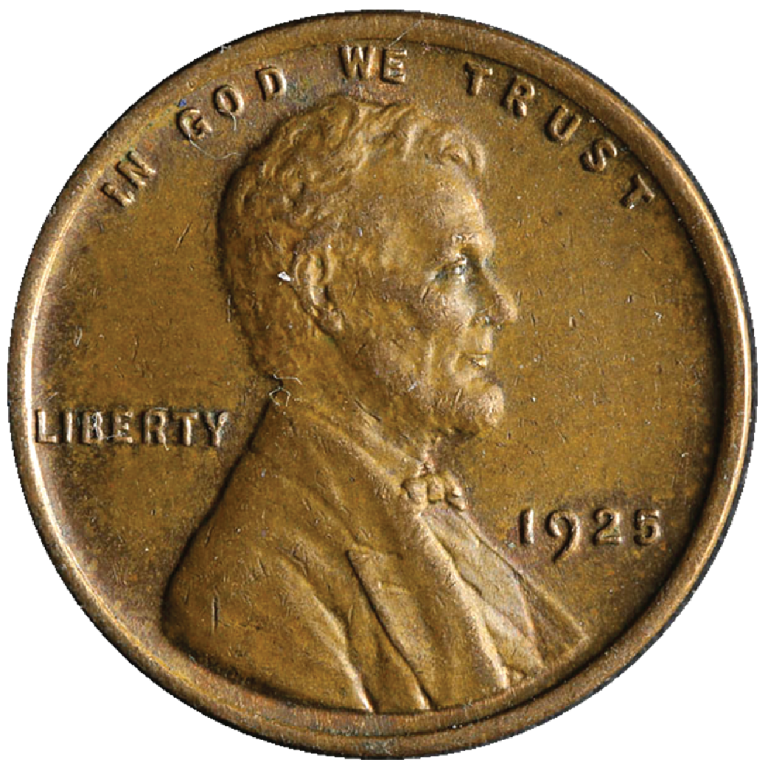
When the dollar’s value goes down, copper prices often go up. There’s some correlation between the value of the dollar and copper prices, too. Despite the fact that the prices of copper and other commodities have fallen since 2014, there will always come a point at which they must stabilize. Regarding inflation, patterns and trends over recent decades give some indication as to how copper prices will fare in the next few years. Mine outputs, while increasing in some areas, may decrease in others as they each exhaust their copper supply. The major factors contributing to copper prices are supply and demand, economic growth, inflation, and the value of the dollar.Īs with most investments, supply and demand dictates in large part how copper prices move. It’s not a simple science, and predictions can only go so far.

There are a few key influences when it comes to copper prices. If nothing else, copper prices are not expected to take a dramatic downward turn, which is good news for investors. Copper will need to break above 2018’s high, when copper rose to well over $3, to establish a major bull trend. This year has seen copper prices dipping into a trading range, which has yet to resolve to the upside. If copper prices rise, they could do so very quickly.

Some experts, however, predict that copper will start on a bullish trend by 2022. In fact, most forecasts for copper prices over the next few years continue to be bearish at worst and neutral at best. When Will Copper Prices Go Back Up?Ĭopper prices have been in a bearish trend recently, and they’re not necessarily expected to rise anytime soon. How long the supply of copper will be sufficient is yet to be determined, though at this point it is not rare enough to force people to search for alternatives. and Chile, but even in those areas, this metal isn’t infinite. The most abundant supply of copper comes from the U.S. Miners are finding less copper on digs, and unearthing new copper sources isn’t as easy as it sounds. Rising demand for copper threatens to outweigh its supply. Smartphones and electric household appliances also require copper parts.

The automotive industry forms one of the most substantial copper demands in the world, in part due to modern electric vehicles that use copper wiring. In recent years, new technology has caused demand for copper to go up. Copper is instead classified as base metal or industrial metal. Although copper has often been used in circulating coinage, it is not considered to be a precious metal like Gold and Silver. Copper has been a valuable commodity for thousands of years, and its uses have only increased as more industries appear. Even copper scrap has value, as copper is one of the few metals whose value and function do not dwindle after recycling.Ĭopper’s malleability makes it easy to work with, and it is readily available worldwide despite the growing potential of a copper shortage. It’s present in metal alloys like sterling silver, cupronickel (copper-nickel), and bronze, and its implementation over thousands of years is a testament to its endurance.Ĭopper is also a native metal, which means it can be used in its natural form. Construction industries use copper for roofing, doors, and handrails, and its antimicrobial and biostatic properties make it perfect for frequently-touched surfaces.Ĭopper is among the top three most commonly consumed metals in the world, following iron and aluminum. Commonly found in the electrical industry for its conductive properties, copper is also used in ship lining and jewelry. Copper is a brownish-orange metal used in countless applications.


 0 kommentar(er)
0 kommentar(er)
